6 Nights / 7 Days

Great Himalayan National Park
Duration-: 06 Nights 07 Days
Destination-: Manali-kullu-banajar-tirthan valley
Best Season-: May to Mid October
Location-: Near Kullu, Himachal Pradesh
Area-: 754.4 sq kms,
Wildlife-: Snow Leopard, musk Deer, Blue Sheep, Ibex, Wolf, Leopard, Rhesus macaque, common langur, Himalayan black bear, goral, muntjac, and serow are commonly found here.
Traveler-: Both domestic and international
About GHNP-:
The Great Himalayan National Park (GHNP) is located in Kullu region in the state of Himachal Pradesh. The park was built in 1984. The park is spread over an area of 754.4 square Kms. There are two wildlife Sanctuaries, Sainj and Tirthan adjacent to the park. This is the most classical trek in the Great Himalayan National Park, which provides ample opportunity to get introduced to the rare Himalayan Flora and Fauna and different terrains, involving Forests, meadows, streams and glacier. The trek is very popular among the amateur trekker as well as the serious environmentalists and provides An excellent Opportunity for spotting rare Himalayan Birds and mammals.
Climate-:
The climate is typically the Western Himalayan temperate and alpine type. There are four distinct seasons recognized for GHNP: spring (April-June), rainy/summer (July-September), autumn (October-November) and winter (December-March). Precipitation is moderate over most of the year and abundant during monsoon from mid-June to mid-September. During winter, the precipitation is in the form of snow even in lower elevation (1,560 m) and higher elevation areas experience heavy snowfall of over 2 m depth.
Mean annual rainfall recorded at Niharni and Sainj in Sainj valley for the years 1992-1994 was 1155.7 mm and 1158.3 mm respectively. The maximum annual rainfall recorded recently was 1298 mm, which is not significantly different from the previous records. The ambient temperature varied from -10 to 40 C, January and June being the coldest and hottest months of the year respectively.
Biodiversity-:
FLORA: About 1/3rd of the park area supports closed canopy forests (mainly occurring in belts around Jiva, Sainj and Tirthan Nallahs and their tributaries) extending from the valley bottoms to 3300-3600 meters depending on aspects. A little over half of the area lies above 4000 m the approximate upper limit for alpine meadow communities. The presence of undisturbed Oak forests at low and middle altitude is worth noticing, which is rare outside the park. Alpine meadows occurring above about 3800 m, the upper limit of sub-alpine and alpine scrub communities, hold a high diversity of herbaceous species, many of which have medicinal and aromatic properties and are of great commercial value. The lower altitude forests generally support a dense understorey with a high diversity of shrubs, the important being, Indigofera, Viburnum, Sarcococa and Berberis species.
FAUNA: The park provides an excellent habitat for large number of mammals and the pheasants, paramount among the latter is Western Tragopan one of the highly endangered species of pheasants. Out of the 7 pheasants found in Western Himalayas, six are found in GHNP viz. Western Tragopan, Monal , Cheer, Koklass, Kaliz, Himalayan Snowcock. The park contains the largest remaining population of Himalayan Thar in India. It is possibly the only place in the whole Himalayas where Bharal occurs virtually side by side with Himalayan Thar. Highly endangered Snow Leopard is reported to occur in area within and adjacent to the National Park. The severly endangered Musk Deer occurs particularly in the sub-alpine zone where Monals are also common in summer. The park being an abode of more than 300 species of birds, represent an excellent crosssection of Western Himalayan Avifauna. The park is also having the unexplored treasure of the butterflies and variety of insects.Transportation till Manali, Personal expense, Personal gear. Anything not mentioned in the inclusions
For Final Confirmation please deposit 50% advance payment in the favour of Vision Himalayas, please after depositing the amount forward the payment detail. All programs are subject to change due to political reason, natural calamities, sickness and special reason. Above Rates Are Subject To Availability And Can Be Change Without Any Prior Notice. For postpone/Prepone of tour packages are to be communicated in written and need to be inform us at least 7 days prior of tour date. INR 3000/- will be charged extra for prepone/postpone. A Valid Photo Identity Is Must To Be Carried. If the Client is willing to amend or cancel his/her booking because of whatsoever reasons including death, accident, illness, or any other personal reasons including non-payment of the balance payment, the Company is liable to recover Cancellation charges from the Client. In that case advance amount is non refundable, There will be no refund for NO SHOWS
Vision Himalayas has come up as a highly focused and organized Tour & Travel Company, with its fresh ideas and irrepressible zeal bringing a whole new charm of the travel world. We began our journey as early as 2013 at Manali in Himachal Pradesh and in a short span of time; we have managed to achieve prominence in the world of tourism under the guidance of Mr. Inder Chand Thakur.
Vision Himalayas has firmly established itself as a major force to reckon among the Tour Operators of the travel world. Additionally, we are also offering a host of other services which include Hotel Booking Services, Rail Ticketing Services, Airline Ticketing Services and Services for Car Coach Rentals as well as the Cruise Services Passport & Visa Services. Read More...

 12D/11N
12D/11N
 5D/4N
5D/4N
 17D/16N
17D/16N
 12D/11N
12D/11N
 11D/10N
11D/10N
 11D/10N
11D/10N
 10D/9N
10D/9N
 10D/9N
10D/9N
 4D/3N
4D/3N
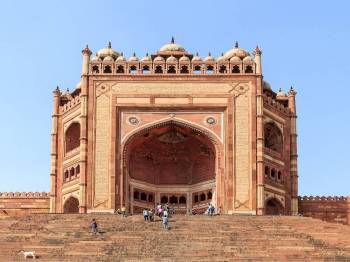 7D/6N
7D/6N
Amritsar Chandigarh Delhi Agra Family Pa..
New Delhi - Agra - Vrindavan - Mathura - Amritsar
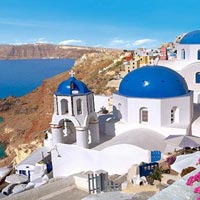 7D/6N
7D/6N
 7D/6N
7D/6N
 7D/6N
7D/6N
Golden Triangle - East India Tour
Kolkata - Puri - Imphal - Agartala - Dimapur
 7D/6N
7D/6N
 7D/6N
7D/6N
 7D/6N
7D/6N
 7D/6N
7D/6N
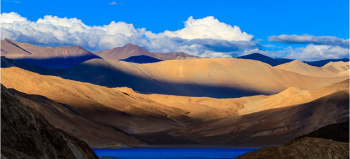 7D/6N
7D/6N
 11D/10N
11D/10N
Himachal Pradesh Tour Package 10 Night -..
Dalhousie - Khajjiar - Kufri - Manali - Shimla - Dharamshala - Amritsar - Mcleodganj
 11D/10N
11D/10N
10Night Himachal Pradesh Tour Ex - Shimla
Dalhousie - Khajjiar - Kufri - Manali - Shimla - Dharamshala - Amritsar - Mcleodganj
 11D/10N
11D/10N
Himachal Pradesh Tour Package 10 Night -..
Dalhousie - Khajjiar - Kufri - Manali - Shimla - Dharamshala - Amritsar - Mcleodganj
 10D/9N
10D/9N
9 Night - 10 Days Himachal Pradesh Tour ..
Dalhousie - Khajjiar - Kufri - Kullu - Manali - Shimla - Dharamshala - Amritsar - M..
 5D/4N
5D/4N
 3D/2N
3D/2N
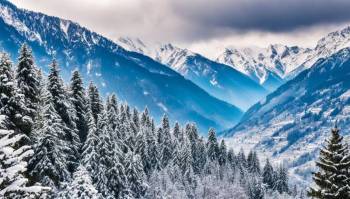 3D/2N
3D/2N
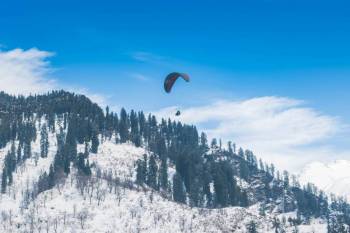 6D/5N
6D/5N
Kullu Manali Kasol Volvo Tour Package
Manali - Kullu - New Delhi - Hidimba Temple - Club House - Vashisht Temple - Jugni ..
 3D/2N
3D/2N